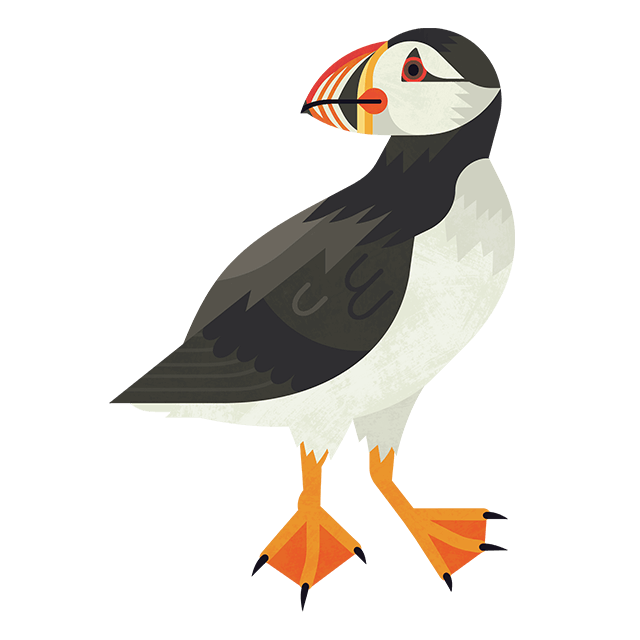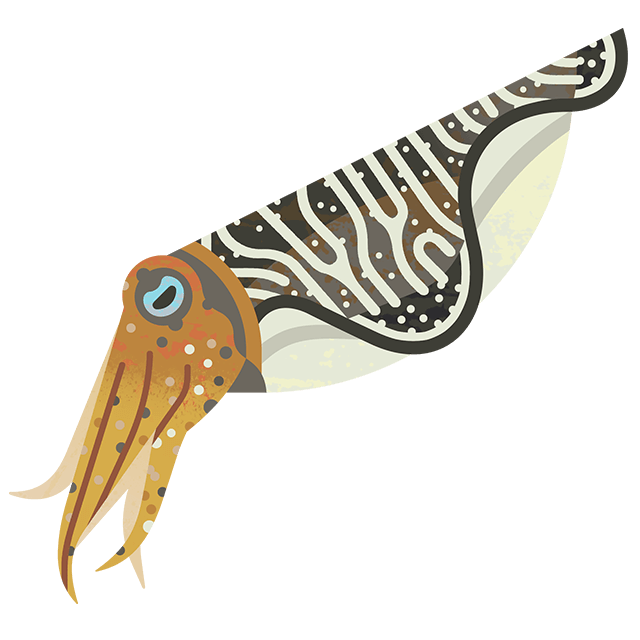
Take part in the Big Seaweed Search
You don’t need to be a seaweed expert to get involved. We've made a guide that explains what you need to do and some top tips on how to identify each of the seaweeds.
1. Download the seaweed guide and recording form
First, you'll need a seaweed guide and a recording form. You can download and print these below.
If you'd like a printed version of the identification guide or recording form, you can email the team at seaweeds@nhm.ac.uk including your name, address and the number of guides you would like.
If you need any further assistance to access our resources, please contact us.
Welsh speakers
Iawrlwytho copi dwyieithog ar gyfer siaradwr Cymraeg
2. Head to the beach
We want you to have fun at the beach, but it's always important to make sure you're staying safe. Check out the safety information in your Big Seaweed guide booklet before you start searching.
Try to start your survey an hour before low tide. This time is best for your safety and for seaweed spotting, too. You can check tide times for your chosen beach at www.tidetimes.co.uk.
3. Select your survey area
- Select a five metre wide plot that runs from the top of the shore down to the sea - five metres is around five adult paces. You can mark your survey area with a bucket, sticks, or using natural landmarks
- Stand with your back to the sea and take a picture of your survey area. This gives our scientists a good idea of the conditions on the shore where you've carried out your survey.

Credit: Jules Agate
All shores are important for seaweed research, but you'll find more seaweeds on shores with hard structures like rocks, sea walls and piers, as many species anchor themselves to these.
4. Get seaweed spotting
Walking away from the sea, explore the whole of your five metre wide plot - you might need to get your hands wet! Aim to cover your whole survey area in under an hour.
When you find one of the target seaweeds:
- Tick it off as ‘present’ on your recording form
- Take a clear picture of its identifying features - you need to do this for every species you find
- Record it as band forming, patchy, or sparse - if you later find a larger patch afterwards, update your recording form.
5. Tell us what you found
Now, the really important bit! Tell us what you have found using our online form. You can even do this on the beach using your phone.
There's a button to upload your pictures so our scientists can confirm what you've spotted. You can upload three images for each seaweed species you found.
This link will direct you to an external site. For more information on how your data is used, please read the privacy policy on the Big Seaweed Search website.
Running a group survey?
We've put together a handy guide for group leaders with some top tips on taking a group of seaweed searchers to the beach

This project is funded by the Government's Green Recovery Challenge Fund. The fund was developed by Defra and its Arm's-Length Bodies. It is being delivered by The National Lottery Heritage Fund in partnership with Natural England, the Environment Agency and Forestry Commission.




